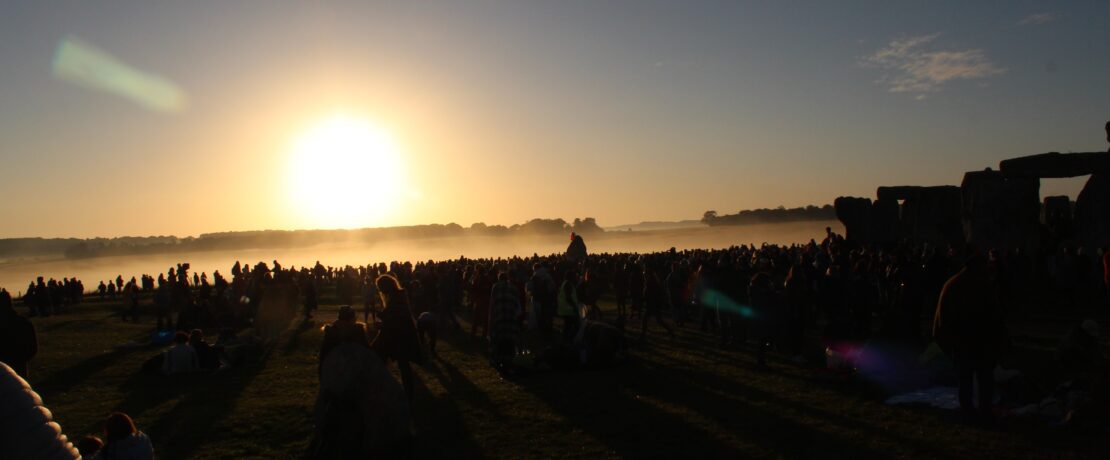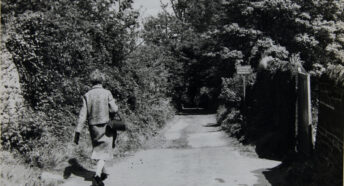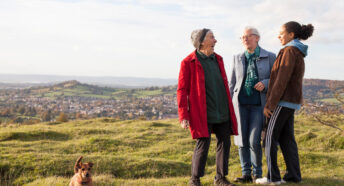Celebrating the longest day of the year
After a cool spring, it feels even more important to make the most of a summer that’s felt a long time coming! But what’s the summer solstice all about?
Put simply, the summer solstice is the day in the year with the most hours of daylight. It happens between 20-22 June; in 2023, it falls on Wednesday 21 June. It’s when the sun is at its furthest point from the equator giving London, for example, a whopping 16 hours plus of daylight!
Stone circles and rituals
The origin of summer solstice dates back around 6000 years ago to Neolithic times when our ancestors began farming. The word solstice brings to mind a connection with stone circles. These mysterious rings of standing stones, such as Stonehenge, are steeped in mysticism and legend.
Many were created during the Neolithic times, so we don’t have any written records to tell us what their purpose was. However, it’s widely agreed that they align with the movement of the sun. Particular stones, such as the Heel Stone at Stonehenge, are aligned in the exact position to frame the sunrise on summer solstice day.
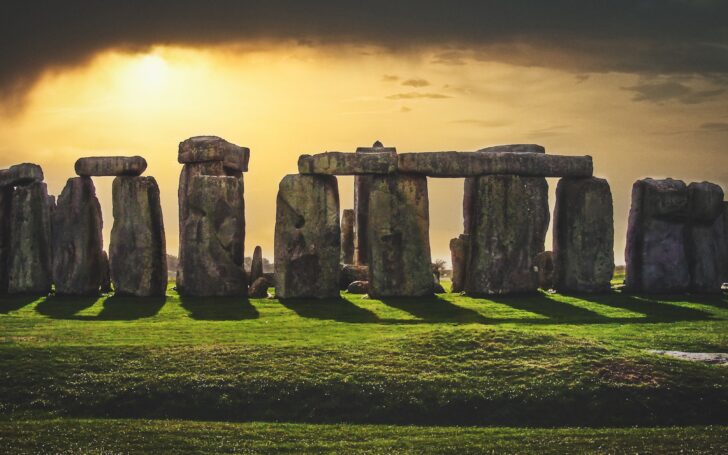
At sunrise and sunset on solstice day, the sun appears to stand still on the horizon. This led to its name – in Latin ‘sol’ means sun and ‘sistere’ means stand. Before the dawn of science, which gave more understanding to the movement of the sun, it’s not surprising that people thought magic was strong and the line between the living and spirit worlds was weak. This is something which Shakespeare played on in his shape-shifting comedy A Midsummer Night’s Dream!
As with the purpose of stone circles, we also don’t have written records about the other ways solstice was marked by ancient Britons, but it’s likely it was accompanied by rituals, ceremonies, processions and dancing to worship the sun. And as at many points in the year when people came together, feasting and celebration.
A summer celebration
In keeping with a festival centred around the sun, the solstice has traditionally been marked with the lighting of bonfires. The fires were thought to give purification and protection against evil spirits as well as bringing good luck for the coming harvest. The bravest people jumped over the bonfires with the highest leap said to indicate how high the wheat would grow.
Many communities would light a wheel with fire and send it rolling down a hill. If the fire was extinguished when it reached the bottom, it foretold of a good harvest.
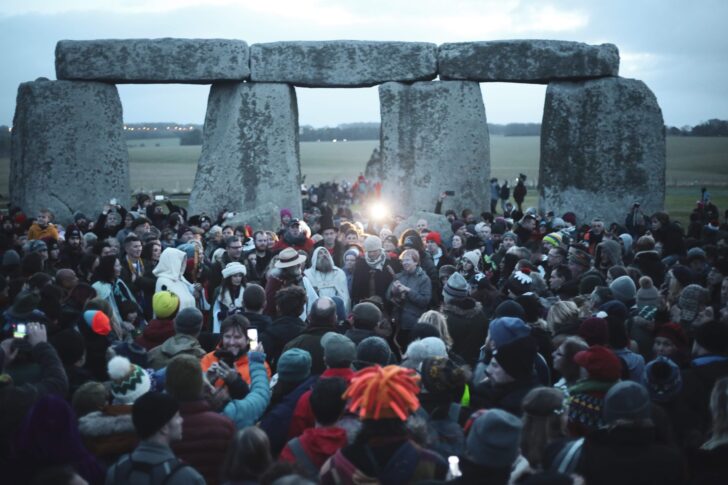
Want to join in with the fun? You don’t have to travel to Stonehenge as there are hundreds of stone circles all around the country. Why not visit one near to you and enjoy watching the sun rise or set as our ancestors did thousands of years ago?
You can view the interactive maps on the Stone Circe website and find the ones closest to you. Make sure you respect the space by taking your rubbish home and not causing a fire risk in the dry conditions we’re experiencing at the moment.
You could even celebrate the solstice from your garden, window or local green space. Just find a comfy spot with a view of the sun at around 9pm, and watch the sunset. It’s a great opportunity to embrace the outdoors and reflect on the year so far. It’s also a bittersweet reminder that these lovely, long days are soon to shorten, so be sure to make the most of it in the coming months with plenty of outdoors time!
